If you are a Breville espresso machine owner, you may wonder what the difference is between pressurized (dual wall) and non-pressurized (single wall) portafilter baskets. In this article, we will explain the differences between these two baskets and scenarios in which one might be preferable over the other.
What Is The Difference Between Pressurised and Non-Pressurised Portafilter Baskets?
The main difference is that pressurized baskets are designed to compensate for inconsistencies in the grind size, dose, or tamping in order to build a proper brewing pressure. In contrast, with non-pressurized baskets, you are responsible for adjusting all the variables to ensure proper extraction.
From the design standpoint, the pressurized basket has a dual wall design with one small hole in the bottom of the filter, which helps build up the right brewing pressure regardless of the grind size, dose, tamp pressure, or the freshness of the coffee beans. However, this is only true when there is not enough pressure generated by the resistance of the coffee puck.
Non-pressurized basket, on the other hand, has a single wall design with multiple holes spread evenly across the bottom of the filter. With non-pressurized basket, the grind size, dose, tamp pressure, and freshness of the beans are responsible for building up the right brewing pressure.
Breville espresso machines come with a total of 4 filter baskets. Two pressurized (dual wall) baskets and two non-pressurized (single wall) baskets. The smaller baskets are for preparing single shot (one cup) espressos, and the larger baskets are for preparing double shot (two cups) espressos. The standard among baristas is to use the double shot non-pressurized basket. If you are wondering why and how to use non-pressurized baskets with your Breville to make a great-tasting espresso, check out our dedicated article.
Pressurized or Non-Pressurised Basket – Which One Should You Use?
Breville states that pressurized baskets should be used with pre-ground coffee, while non-pressurized baskets are to be used when grinding fresh whole coffee beans. Since, with pre-ground coffee, you have no control over the grind size, a pressurized basket helps to build up the proper brewing pressure.
Another reason to use pressurized baskets is if you are a beginner and have a hard time dialing in your coffee beans. Choosing the right grind size, dose, and applying consistent tamping pressure can be challenging, especially if you don’t have essential tools such as a coffee scale and a palm tamper. Pressurized baskets can help you offset some of these inconsistencies by providing a consistent brewing pressure.
As I mentioned earlier, a non-pressurized basket should be used when grinding fresh whole coffee beans. It allows you to experiment with different grind sizes, dose, and tamp pressure in order to extract the best flavors from your coffee beans. While non-pressurized baskets may be more challenging to use and have a steeper learning curve than their pressurized counterparts, they are a great teaching tool for understanding how different variables affect the taste of your espresso and ultimately allow you to make a more flavorful cup of coffee.
To sum it all up, here is a quick overview of when to use pressurized and non-pressurized portafilter baskets:
When to use pressurized baskets:
– You are using a pre-ground coffee.
– You are a beginner and have a hard time dialing in your coffee beans.
– You don’t have essential tools such as a coffee scale and a palm tamper.
– You want to mitigate puck prep inconsistencies.
– You didn’t have time to learn how to use a non-pressurized basket.
When to use non-pressurized baskets:
– You are grinding fresh whole coffee beans.
– You want more control over the taste of your espresso.
– You have the time to dial in your coffee beans properly.
– You want to make a more flavorful cup of coffee.
Pressurized or Non-Pressurised Basket – is There a Difference in Taste?
Many coffee aficionados and baristas claim that pressurized baskets produce a weaker espresso with aerated crema.
We did a blind taste test of six espresso shots – three from pressurized baskets and three from non-pressurized baskets. In all instances, we used the same coffee beans, grind size, dose, tamp pressure, and water temperature. Also, the yield (the amount of espresso produced) was almost identical, with a max deviation of +- 0,3g.
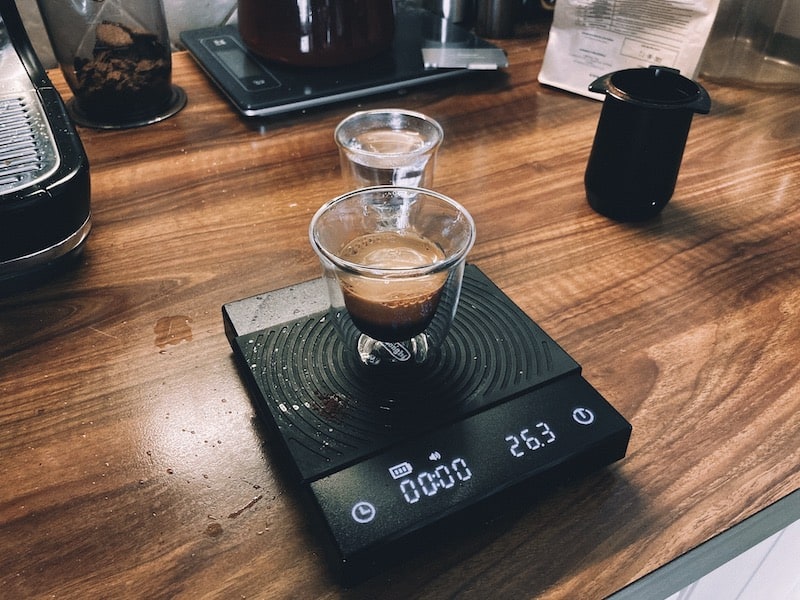
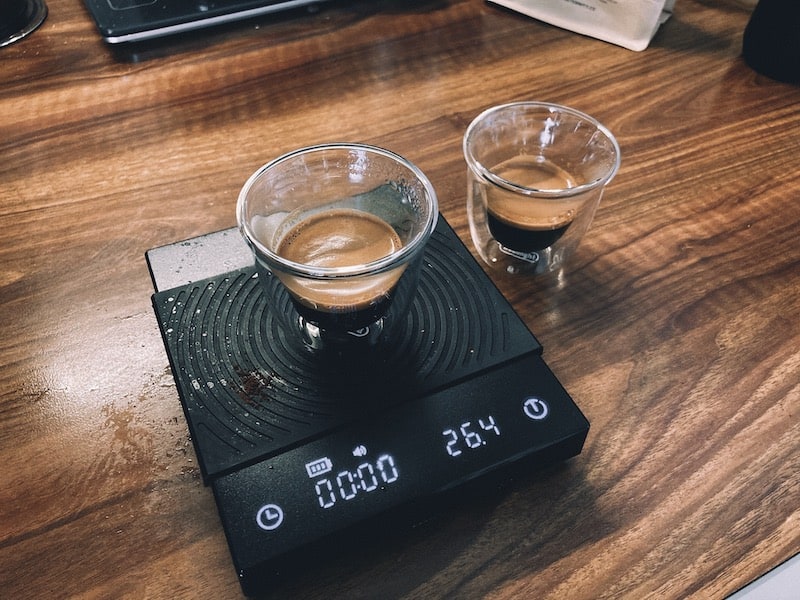
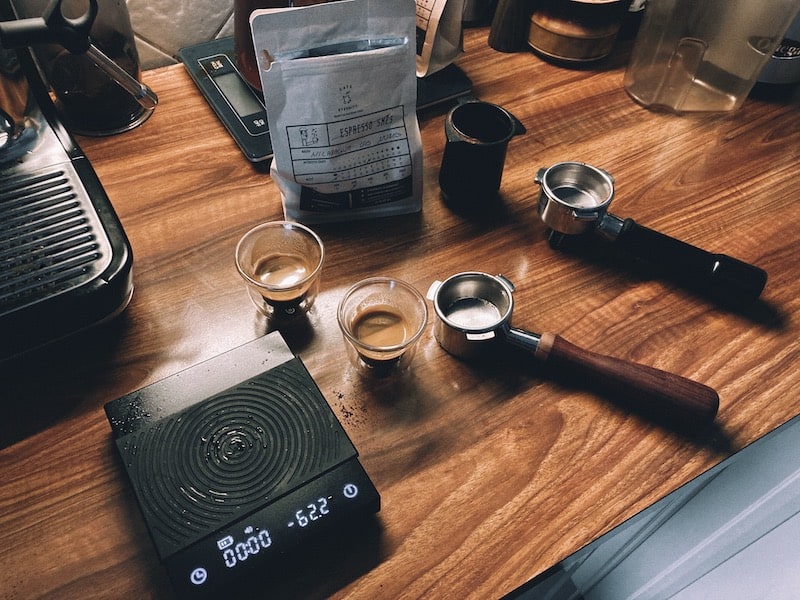
Taste Test Results
All six espresso shots looked very similar in terms of crema quality and color. In terms of taste, we thought the espresso made with the pressurized basket had slightly more pronounced sour and salty flavors. The non-pressurized espresso was slightly sweeter and less acidic and overall had a more balanced taste. The differences were, however, surprisingly small. We would say that the shots were around 80% similar.
If the differences are so small, does it really matter which basket you use?
There is one important caveat to consider when it comes to this test. We used an already tried and tested espresso recipe we came up with using the non-pressurized basket. We already knew what grind size, dose, tamp pressure, and water temperature works well for the beans we used (Medium roasted single-origin Brazilian coffee). Coming up with the recipe while using the pressurized basket would be much more difficult, if not impossible. Since a pressurized basket always equalizes the brewing pressure, the changes you make to your grind settings, dose, or tamp will be negated to some extent.
To make sure our hypothesis was correct, we did a second test where we used the pressurized basket to try to dial in a new batch of coffee beans (medium roasted single farm Nicaragua Las Nubes).
We compared two shots using the pressurized basket – one with 17,0g of ground coffee and one with 17,5g of coffee. The interesting thing we found was that both shots were extracted in 18 seconds. Since time is used among baristas as a metric to track the changes made to any of the variables (grind size, dose, tamp pressure, etc.), this poses a major problem. The shot with a larger dose should take longer to extract, but because the pressurized basket equalizes the brewing pressure, it negated our dose change. This means we can’t rely on time as a metric to evaluate changes as we would when using a non-pressurized basket.
Simply put, pressurized baskets won’t give you the same feedback as non-pressurized baskets, which is essential when trying to dial in a new coffee.
When we used the non-pressurized basket, we found that a dose of 17,0g of the Nicaragua Las Nubes coffee was extracted in 12 seconds, making it clear that we were grinding far too fine.
Thanks to this experiment, we came to an important conclusion. The biggest disadvantage of using pressurized baskets isn’t the taste difference but the fact that it’s much harder to learn how to dial in a new batch of coffee beans properly.

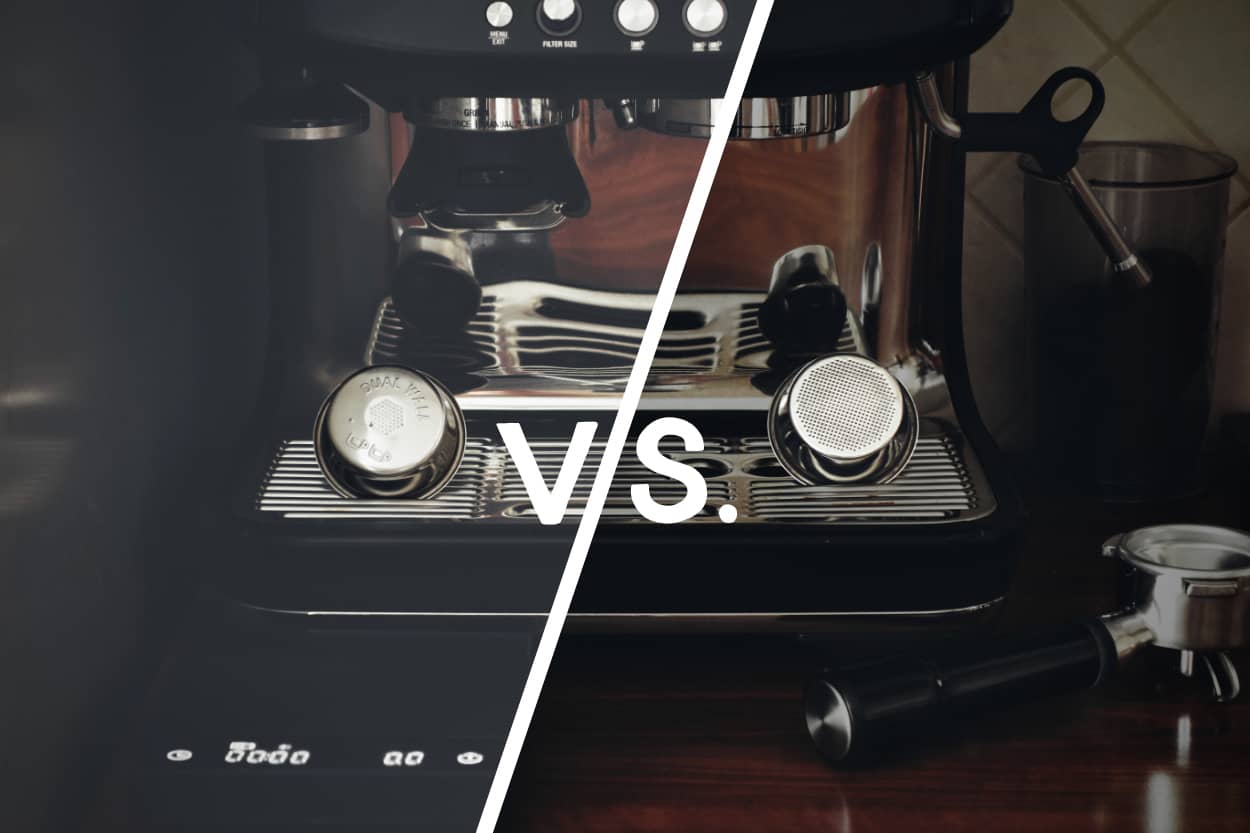
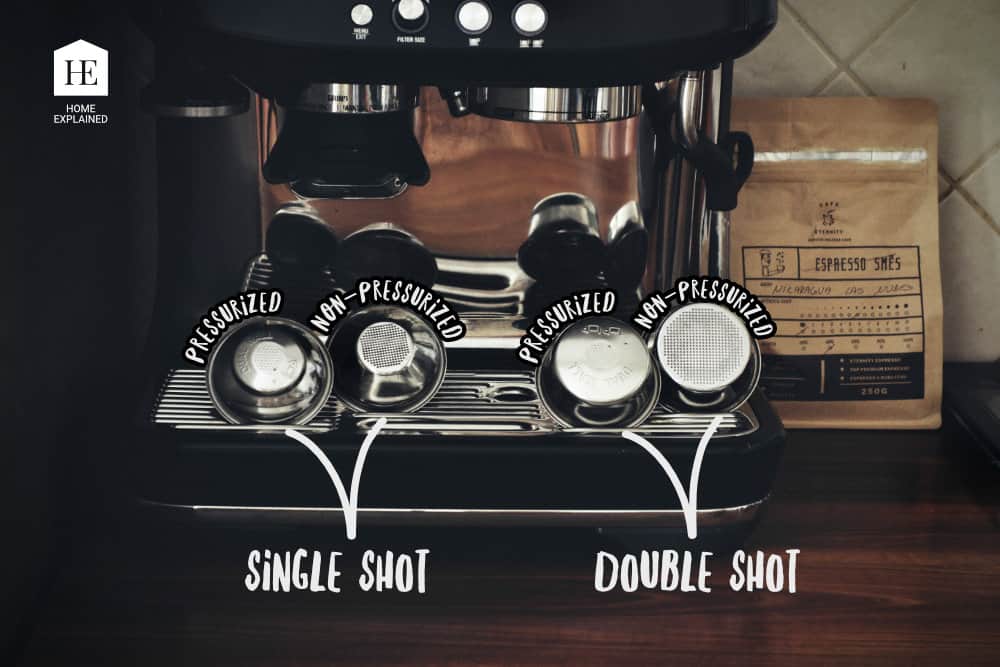

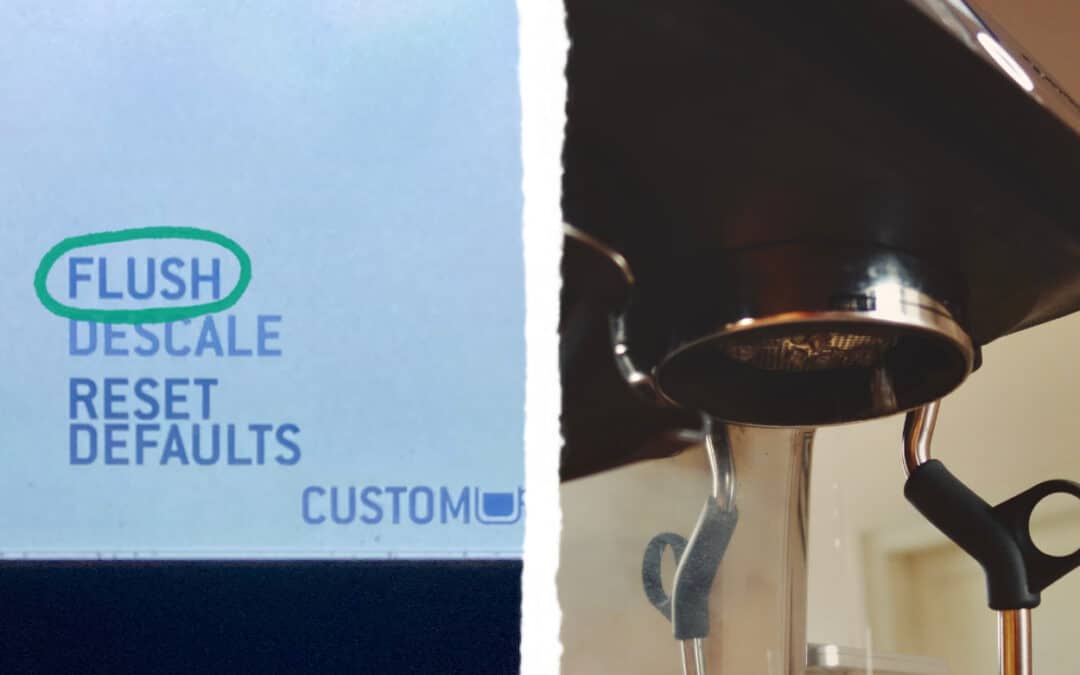
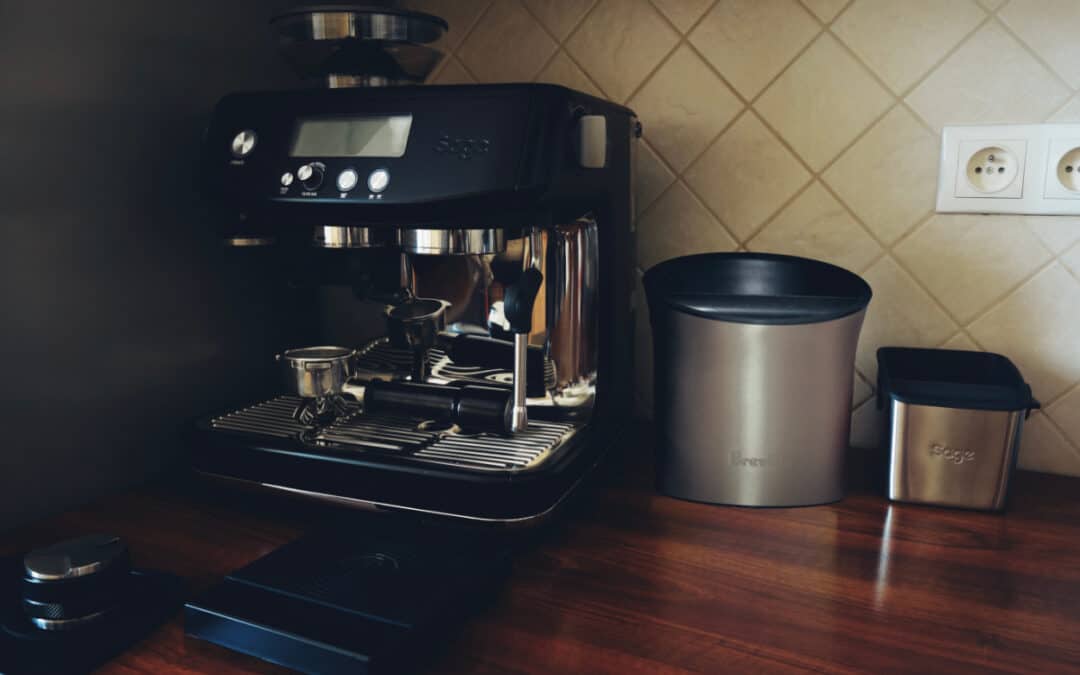
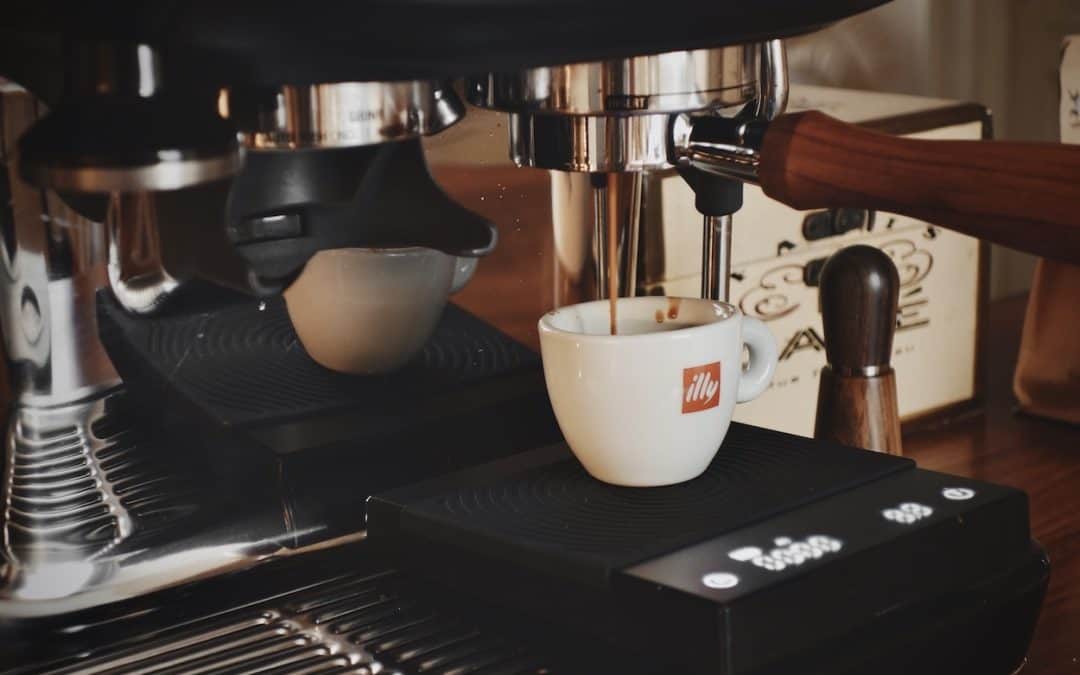

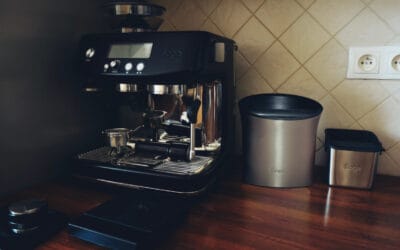
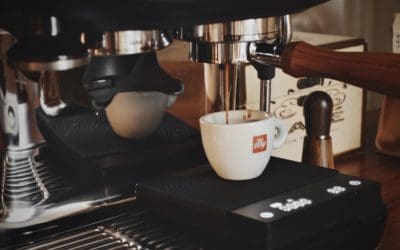
0 Comments